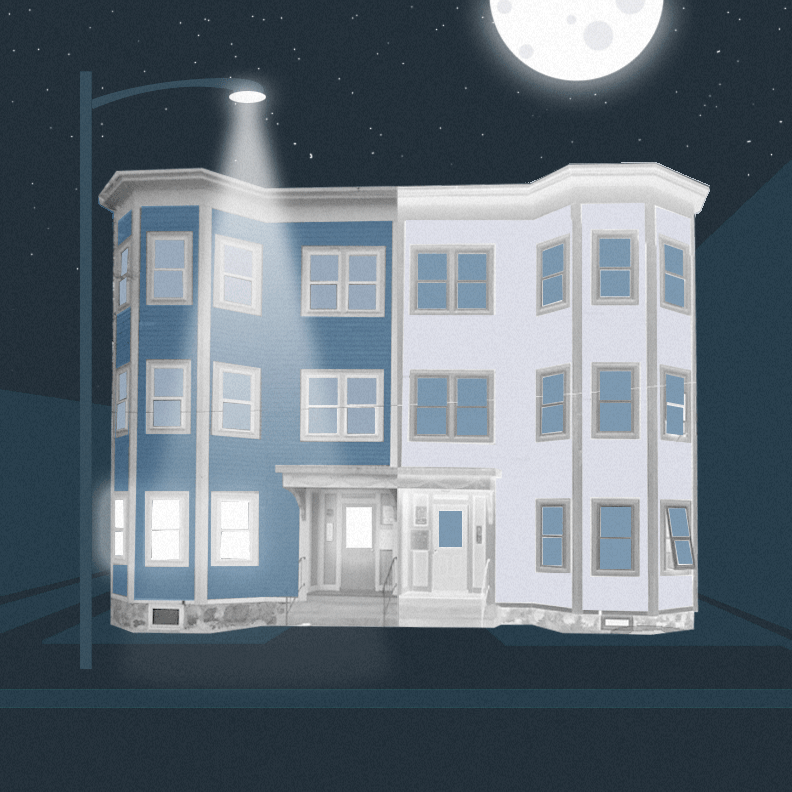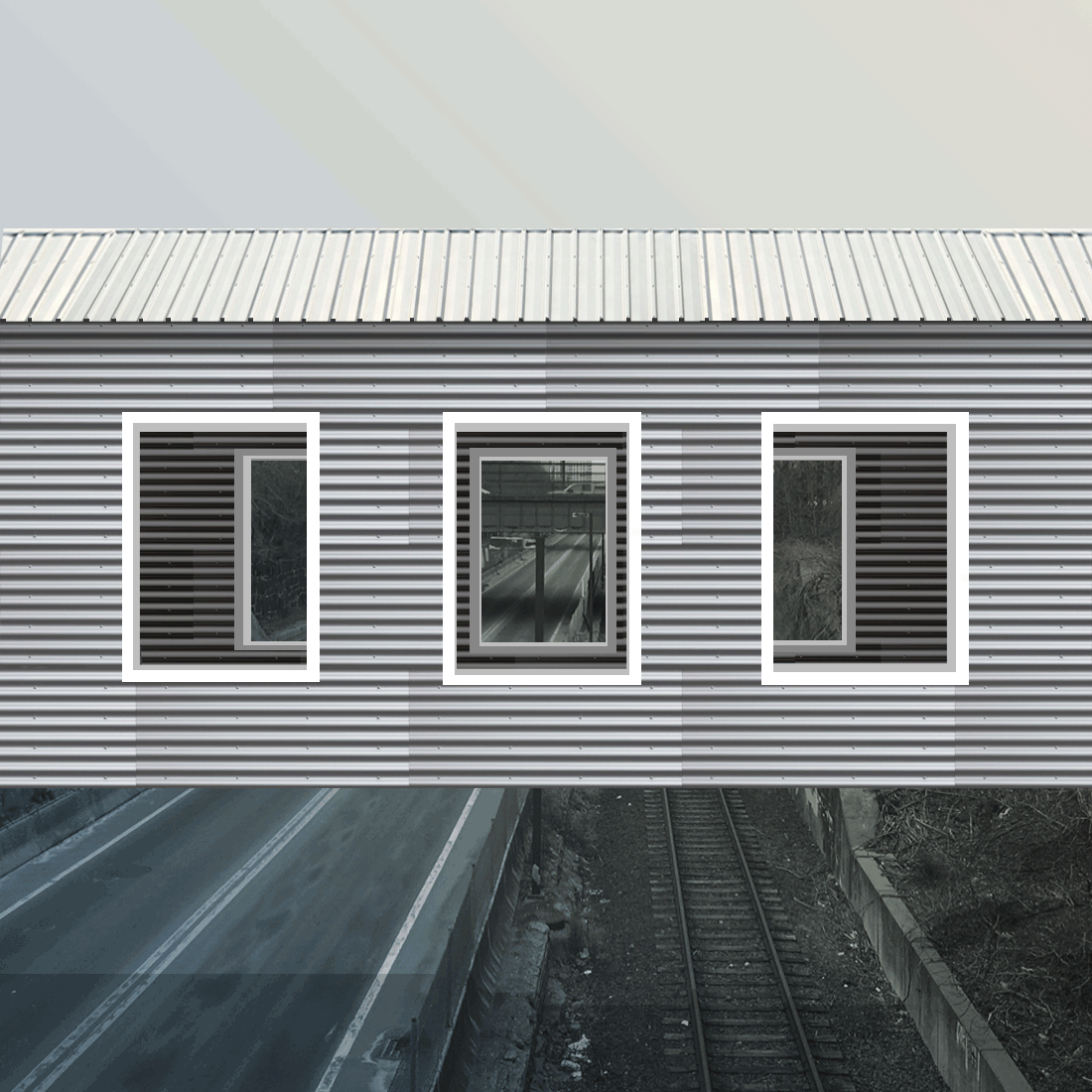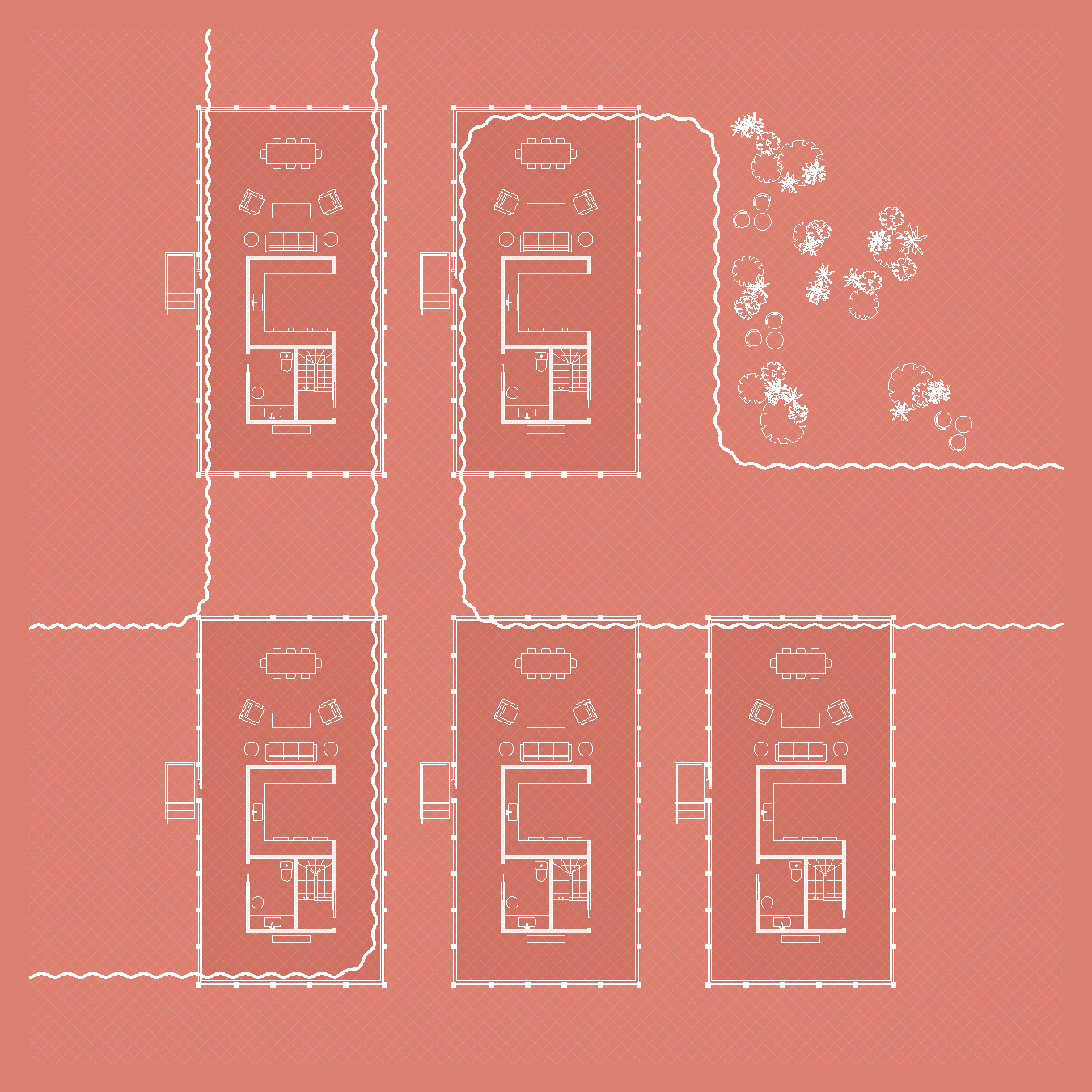14 Ordinary Wormholes
DES




















This project began with an online experiment to investigate how ordinary urban experiences connect people. Amazon Mechanical Turk was employed to source narratives and experiences from anonymous users around the world. For a small fee, hundreds of strangers answered a simple question: what can you see out of your window? As a single architectural element, the window separates inside from out, hot from cold, light from dark. But windows seldom operate in this reductive binary and never exist in isolation. As an urban element, windows can express individuality and collectivity, and initiate dialogue with their neighbors - one floor down, across the street, or perhaps on the other side of the ocean. Can answers to this simple question provide enough information to map connections between strangers across space and time?
Responses came flooding in. Some described dull, dreary days. Some spotted neighbors and passersby. Others offered profound reflections on the state of their lives in the city. A man in Argentina and a woman in Texas both watched birds at a feeder. In some way, perfectly ordinary moments connected these strangers across space through window-like wormholes. A network of ordinary wormholes emerged, all facilitated by the humble window.
With the global wormhole network in mind, focus shifted to Boston where windows have evolved their own unique mythology. The quintessentially-Boston Triple Decker emerged as a housing typology that allowed for affordable, high-density housing for a range of lifestyles. The typology combines the density of a row-house with access to 360 degrees of light and air. Windows are an integral part of the Triple Decker’s DNA. Specific patterns of placement, size, and alignment evolved over time, giving the Triple Deckers expressive facades of improvisation and wonder and accompanying folklore. From the footnotes of light wood construction manuals to the comment boards of the Boston Globe, the city is steeped with stories and moments of sublime weirdness, uncomfortable confrontations, and surprising quirks found in the subtext of ordinary Triple Deckers.
Seven families of new Triple Decker types emerged. Regularized window patterns of the original type unifies all seven as formal and programmatic variations distinguishes them. An elevated mat building provides surface parking, a tower invites athletic activities of all sorts, a curtain-wall cluster is unified by a community curtain, a sunken mat opens up a large park above, ramp connected Triple Deckers create shared kitchens, micro towers sprout up from an underground supermarket, and large enclosed courtyards between separate building produce gallery spaces to view from bed. New kinds of connections between residents within and across the seams of these micro-neighborhoods produces a new network of housing and wormholes in South Boston.
![]()
![]()
![]()
![]()
![]()
![]()
![]()
![]()
![]()
![]()
![]()
![]()
![]()
![]()
![]()
![]()
Responses came flooding in. Some described dull, dreary days. Some spotted neighbors and passersby. Others offered profound reflections on the state of their lives in the city. A man in Argentina and a woman in Texas both watched birds at a feeder. In some way, perfectly ordinary moments connected these strangers across space through window-like wormholes. A network of ordinary wormholes emerged, all facilitated by the humble window.
With the global wormhole network in mind, focus shifted to Boston where windows have evolved their own unique mythology. The quintessentially-Boston Triple Decker emerged as a housing typology that allowed for affordable, high-density housing for a range of lifestyles. The typology combines the density of a row-house with access to 360 degrees of light and air. Windows are an integral part of the Triple Decker’s DNA. Specific patterns of placement, size, and alignment evolved over time, giving the Triple Deckers expressive facades of improvisation and wonder and accompanying folklore. From the footnotes of light wood construction manuals to the comment boards of the Boston Globe, the city is steeped with stories and moments of sublime weirdness, uncomfortable confrontations, and surprising quirks found in the subtext of ordinary Triple Deckers.
Seven families of new Triple Decker types emerged. Regularized window patterns of the original type unifies all seven as formal and programmatic variations distinguishes them. An elevated mat building provides surface parking, a tower invites athletic activities of all sorts, a curtain-wall cluster is unified by a community curtain, a sunken mat opens up a large park above, ramp connected Triple Deckers create shared kitchens, micro towers sprout up from an underground supermarket, and large enclosed courtyards between separate building produce gallery spaces to view from bed. New kinds of connections between residents within and across the seams of these micro-neighborhoods produces a new network of housing and wormholes in South Boston.















